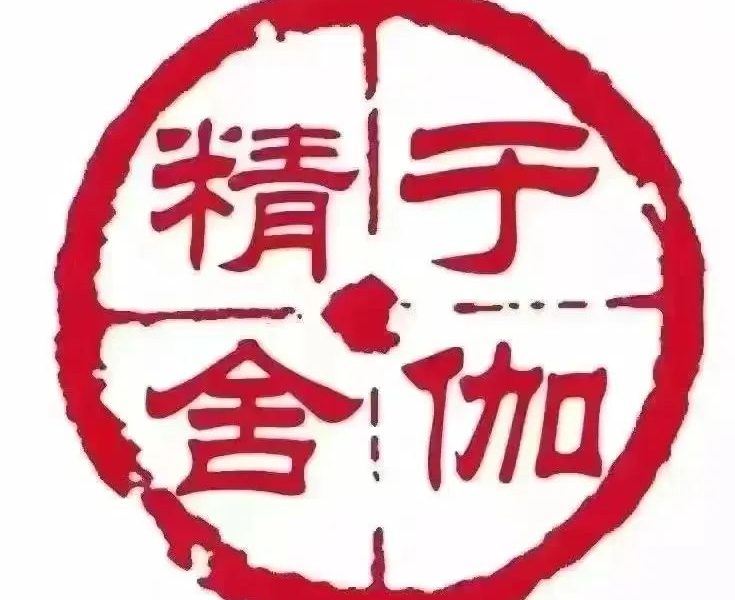Therefore, in the actual teaching, many yoga teachers need to face and solve the problem of posture arrangement
.
As a yoga teacher, yoga class asana arrangement is the content that must be carefully prepared before every yoga class
.
The arrangement of a common simple yoga class for the public can be selected and combined in these categories! This method is relatively simple and suitable for new coaches who have just graduated
.
According to the difficulty of asana arrangement 2 any practice is gradual, so according to the difficulty coefficient of asana arrangement is also one of the basis of yoga asana arrangement
.
015 “small arm balance & stretching sequence” 016 “whole body exercise sequence” 017 “side plate exercise whole body sequence” these two sets of sequence exercises almost exercise to all parts of the body, it is very suitable as a routine yoga exercise sequence
.
Go to the classroom in advance to communicate with the early members, and communicate with them after class to understand the basic situation and master the needs of the members; 3
.
Today’s Yoga honeymoon is based on the principles and methods to share with you how to arrange the course! And share with you 17 sets of course arrangement sequence diagram, teachers can directly refer to ~ can also be adjusted according to the needs of the course! According to the posture type arrangement 1, all yoga postures are classified according to the posture types of standing, sitting, kneeling, prone, supine, etc
.
This article is from the Internet, the content is only after dinner, if there are any infringement and any problems, please contact Xiaobian to deal with, thank you
.
According to the course theme arrangement 4, the course is classified into different themes, such as: shoulder and neck theme, waist and pelvis theme, weight loss, spine maintenance and so on
.
Just like we watch movies, there are beginnings, developments, climaxes and endings
.
Taking the arrangement of a shoulder and neck theme as an example, we can classify the yoga postures related to shoulder and neck, and then combine method 1, and then carry out different postures of shoulder and neck The second classification of the question style, and then choose the combination
.
Xiaobian is a common and simple way to share with you
.
After that, you can choose to combine and arrange your courses according to the different efficacy and function of these poses
.
Only by meeting the needs of members and helping them solve problems, can yoga teachers make members more recognized and loved
.
Of course, there are many principles and bases for the arrangement of yoga classes, and the arrangement of classes is also very particular
.
Private one-to-one teaching may be easier to do “people-oriented”, but in the group class, the specific situation of each person is completely different, how to do it What about “people-oriented” curriculum arrangement? 1
.
The above is a part of the lessons that all yoga coaches lack most, but it can enhance the core competitiveness of yoga teachers
.
if they cannot be clearly classified, they are unified into the transitional postures
.
Yoga teachers can add appropriate guide words between postures to make the whole arrangement more fluent
.
All the yoga postures are classified into 1-5 star levels of difficulty and ease (which can also be subdivided into 10 levels according to their own situation), and then in a class, according to the basic situation of the teaching objects, different difficult postures can be selected for combination and arrangement
.
Business cooperation | wechat: car7754709, QQ: 3480079644 with you, beautiful your life, long press the above QR code to follow us.
.
With the needs of the members, we can arrange our courses according to the above methods 1-5
.
Each yoga pose has its own unique efficacy and function, so we can classify it according to the functions and functions of rehabilitation, restoration, strength enhancement, flexibility enhancement and core enhancement
.
However, yoga training institutions in the market do not focus on systematic explanation and analysis, and some training institutions even do not have this part of content at all
.
It is the most basic and important principle and basis to adhere to “people-oriented” according to the specific situation of the teaching objects, and it is also the most difficult for all yoga coaches to grasp
.
According to the intensity of asana arrangement 3, this method is the same as method 2, the teacher can also classify all yoga asana at different levels of intensity 1-5, and then select different intensity asana for combination arrangement according to the basic situation of the teaching object
.
If the hip is not flexible enough, you can also choose this sequence
.
03 “morning yoga” 04 “hip opening & full lotus preparation” 05 “shoulder opening & Repair & bedtime yoga” 06 “strengthen leg strength & thin leg” 07 “balance & thin leg” 08 “relieve back pain & detoxification” 09 “split horse sequence” 010 “elbow handstand balance sequence” 011 “strengthen core and handstand sequence” 012 “wheel sequence” 013 “flexible spine lower back relaxation sequence” 014 “Flying Pigeon” Sequence the flying pigeon requires the opening of the hip and the strength of the arms, core, back and legs
.
Teachers can refer to the following 17 sets of sequence arrangement! 01 “worship a” 02 “worship B” arrow up means inhale, arrow down means exhale
.
To understand your teaching object, you can learn through the course consultant in the yoga studio; 2
.

